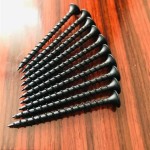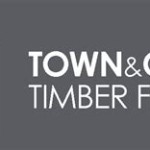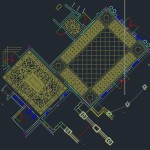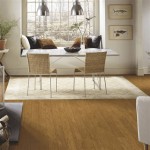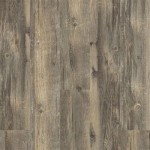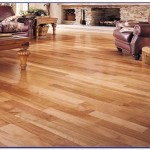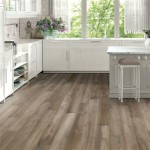Thin Plank Wood Flooring: An Essential Guide
Thin plank wood flooring has become increasingly popular in recent years, as it offers a number of advantages over traditional wide plank flooring. These advantages include its ability to enhance the look of a room, its durability, and its ease of maintenance. This guide will provide you with everything you need to know about thin plank wood flooring, including its construction, installation, and care.
Construction of Thin Plank Wood Flooring
Thin plank wood flooring is typically constructed from a single layer of real wood that is backed by a plywood or engineered wood core. The wood veneer can be either solid or veneered, and it is available in a variety of colors and finishes. Thin plank wood flooring is typically thinner than traditional wide plank flooring, with thicknesses ranging from 3/8 inch to 5/8 inch.
Installation of Thin Plank Wood Flooring
Thin plank wood flooring can be installed over a variety of subfloors, including concrete, wood, and linoleum. The installation process is similar to that of traditional wide plank flooring, and it can be done by a professional or a do-it-yourselfer. However, it is important to note that thin plank wood flooring is more susceptible to damage during installation than traditional wide plank flooring.
Care of Thin Plank Wood Flooring
Thin plank wood flooring is relatively easy to maintain. It can be cleaned with a vacuum cleaner or a broom, and it should be mopped with a damp mop on a regular basis. It is important to avoid using harsh cleaners or abrasive materials on thin plank wood flooring, as these can damage the finish.
Advantages of Thin Plank Wood Flooring
There are a number of advantages to using thin plank wood flooring in your home. These advantages include:
- Enhanced appearance: Thin plank wood flooring can make a room look larger and more spacious. It can also add a touch of elegance to any décor.
- Durability: Thin plank wood flooring is very durable and can withstand heavy foot traffic. It is also resistant to scratches and dents.
- Ease of maintenance: Thin plank wood flooring is relatively easy to maintain. It can be cleaned with a vacuum cleaner or a broom, and it should be mopped with a damp mop on a regular basis.
- Affordability: Thin plank wood flooring is more affordable than traditional wide plank flooring. This makes it a great option for those on a budget.
Disadvantages of Thin Plank Wood Flooring
There are a few disadvantages to using thin plank wood flooring in your home. These disadvantages include:
- Susceptibility to damage: Thin plank wood flooring is more susceptible to damage during installation than traditional wide plank flooring. It is also more likely to be damaged by heavy objects or sharp objects.
- Limited thickness: Thin plank wood flooring is not as thick as traditional wide plank flooring. This means that it may not be able to withstand as much wear and tear.
Conclusion
Thin plank wood flooring is a great option for those who want the look and feel of real wood flooring without the high cost. It is durable, easy to maintain, and can enhance the look of any room. However, it is important to be aware of the disadvantages of thin plank wood flooring before making a decision.

Wide Or Narrow Wood Flooring Direct

Wide Or Narrow Wood Flooring Direct

Timeless Classic Looks Return To Hardwood Features Floor Covering Weekly

Wide Plank Vs Narrow Hardwood Flooring In Colorado

Wide Plank Vs Narrow Hardwood Flooring In Colorado

Wide Plank Vs Narrow Auten Wideplank Flooring

What Are The Differences Between Narrow And Wide Plank Hardwood Flooring Walk On Wood
:max_bytes(150000):strip_icc()/__opt__aboutcom__coeus__resources__content_migration__treehugger__images__2018__07__IMG_3459-36f6db7d6d854ee182a346255d55e4fd.jpg?strip=all)
Pros And Cons Of 6 Diffe Kinds Wood Floors
Vinyl Flooring That Looks Like Wood

40 Diffe Types Of Engineered Wood Flooring Plus Pros Cons And Cost Floors Plank Options
Related Posts

